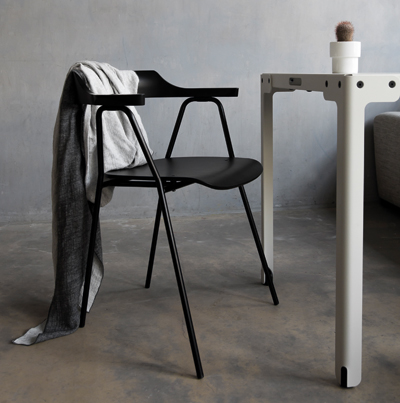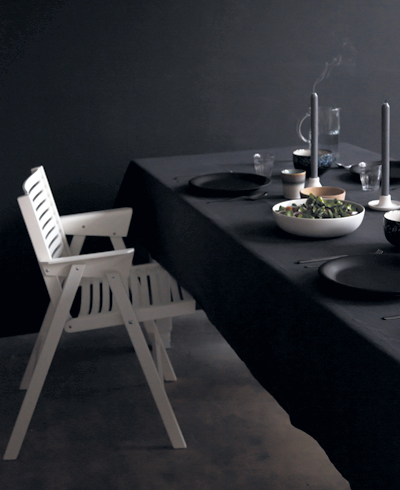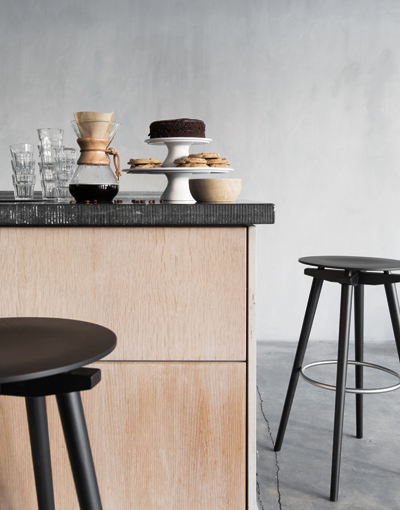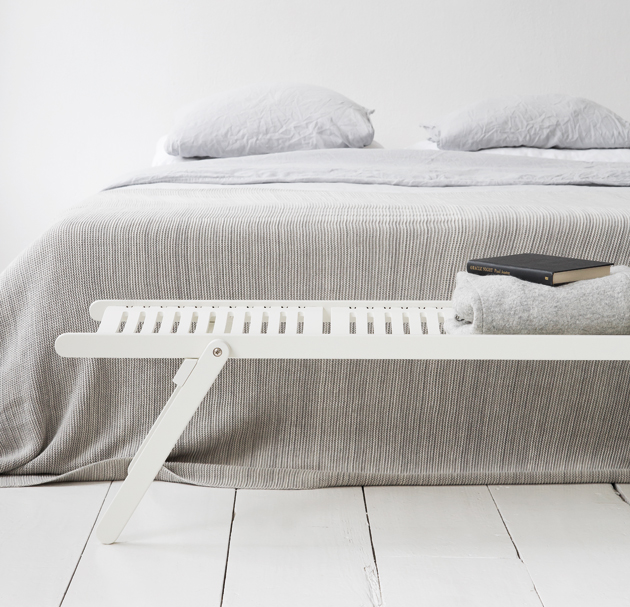|
|
||
|
If you’ve made it this far without knowing the name Niko Kralj, you could be forgiven: this Slovenian mid-century giant has been shamefully neglected. But a revival is at last under way A central figure in mid-century Slovenian industrial design, Niko Kralj is relatively unknown outside his home country, despite his Rex chair (1952) sitting in the permanent collections of both New York’s MoMA and the Designmuseum Danmark in Copenhagen. The elegant, Scandinavian-inspired folding wooden chair is at the heart of a new brand’s efforts to rectify this historical oversight. Rex Kralj – both words mean “king”, in Latin and Slovenian respectively – is reissuing 1950s and 60s classics from the designer’s oeuvre, realising lost designs and adding to the collection with Kralj-inspired work by contemporary designers.
Rex 120 chair by Niko Kralj, first designed in 1953
4455 stackable chair by Niko Kralj, first designed in 1955 Rex Kralj’s founder Žiga Vrhovec bought the rights to the designs from Kralj’s family in 2010. Today, the collection includes chairs, stools, coffee and dining tables and a daybed. Among these are variations on the original lightweight Rex chair – the Rex Lounge chair and Rex Rocking chair – which date back to the 1950s and use a combination of moulded plywood and routed slots. Other designs – such as the Mosquito chair, which follows in the footsteps of the Eames’s moulded plywood experiments in the 1940s – never went into production and have been developed now from Kralj’s drawings.
Rex chair by Niko Kralj, first designed in 1952 The products are studiously loyal to Kralj’s vision. “We have not changed the original designs – they are our essence, we’d be crazy to touch them. There is a touch of handiwork in all the pieces, and plywood is essential to all our products. But we have modernised the finishing techniques, put great attention to many, often unseen, details and adapted the chairs to today’s requirements. We have also added new materials – oak, walnut, teak – to the collection to meet contemporary demands.”
Bar Stool CC by Niko Kralj, first designed in 1954 While Kralj’s designs remain central, the brand has started collaborating with contemporary designers to expand the collection with new pieces inspired by his work. German designer Lili Radu, known for her bright-coloured leather wallets and bags, has developed a version of Kralj’s black-painted wooden Shell Lounge chair, dressing the seat with colourful leather. By and by, Vrhovec hopes to expand the collection with works by other, lesser-known, mid-century designers, as well as emerging and well-known contemporary designers. Celebrated German designer Konstantin Grcic, Vrhovec says, has “morally supported” the project since he encountered it two years ago and he hopes this relationship will eventually result in a collaboration. For now, though, the focus remains on Niko Kralj, as Vrhovec is keen not to compromise quality in favour of rapid expansion. “We want to be world class, but not too big.” |
Words Debika Ray
Above: Table CC and Stool CC by Niko Kralj, first designed in 1954
Photography: beeldSTEIL – Wendy van Woudenberg, Concept & Styling: NU interieur|ontwerp |
|
|
||
|
Rex small day bed by Niko Kralj, first designed in 1957 |
||


























